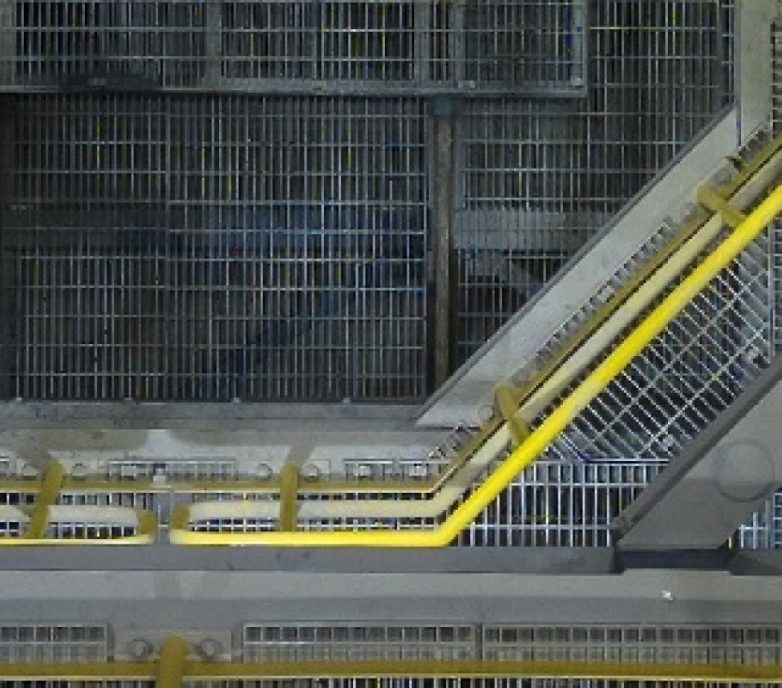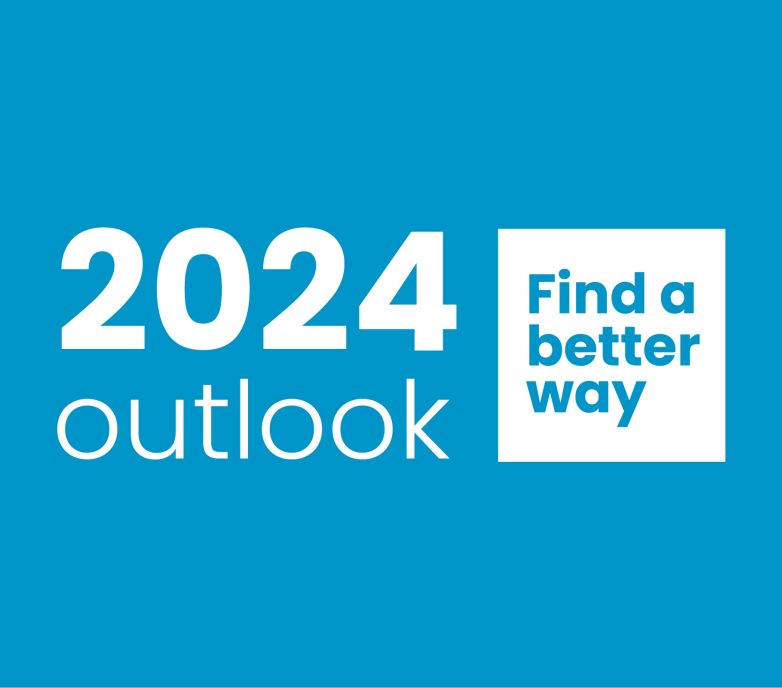Because the world needs a better way.
And we love a good challenge. We are innovating to unlock the minerals and metals of the future in a more sustainable way. Let's reduce impact on the planet, together.
Ausenco Brazil was once again recognized among the best companies for young professionals by the Employers for Youth (EFY) ranking
We are pleased to announce that Matildas star Tameka Yallop has joined Ausenco as our official Brand Ambassador.
Eldridge, Brightstar Capital Partners (“Brightstar”), and Claure Group have signed a definitive agreement to acquire a majority stake of Ausenco from Resource Capital Fund VI L.P. and other co-investors.

Find a better way is our core purpose at Ausenco, and it’s what drives everything we do – we problem solve, innovate and think outside the box.

Garry Warren, Ausenco’s President of Minerals and Metals for North America, shares five key priorities that should be near the top of the agenda for North American mining executives and leaders this year.

Jim Norine talks about the lessons learnt from Hurricane Otis.



